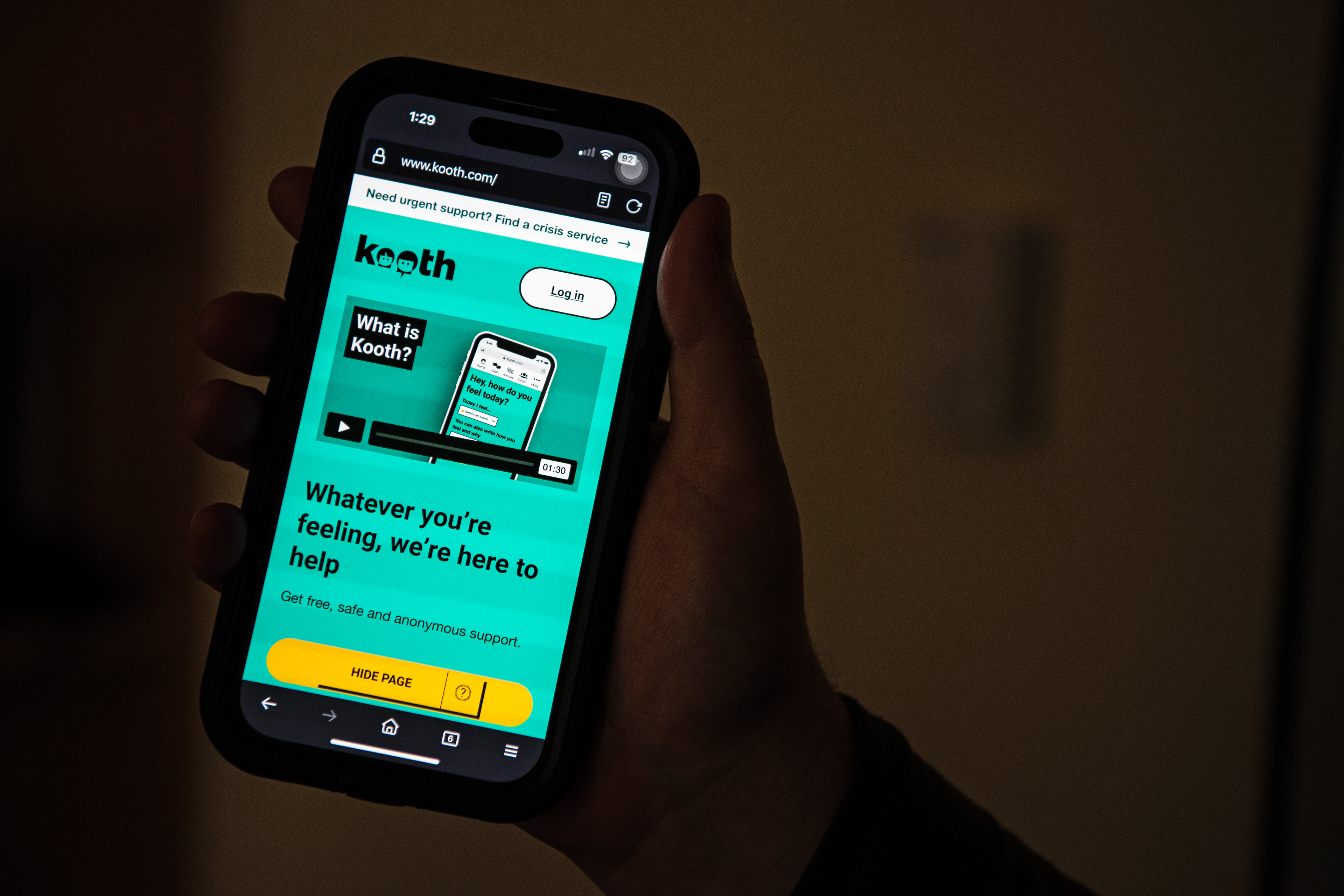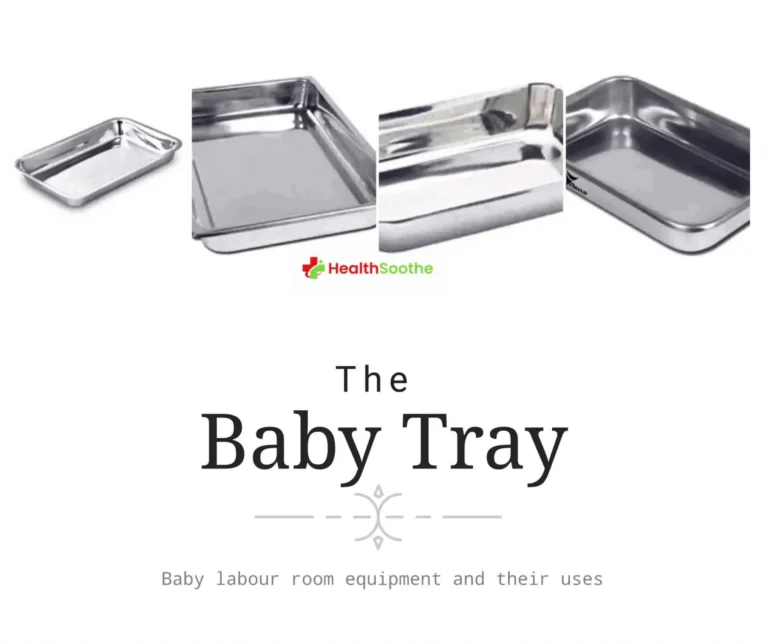Growing up in Scotland, Nigel Brockton envisioned one day becoming a marine biologist. But after battling a rare and deadly cancer twice before finishing college, he turned to cancer research, determined to help others reduce their risk.
He was ahead of his time. Back then in the early 1990s, despite the American Cancer Society focusing on cancer prevention, many people thought that people got cancer mainly because of inherited genes and bad luck, like being struck like lightning, Brockton says. Non-scientists may still think that way, but research is painting a different picture: about 40% of all cancers could be thwarted by mitigating certain risk factors, especially through a healthier lifestyle.
Nutrition plays a big role in this lifestyle. Brockton, a cancer epidemiologist for the nonprofit American Institute for Cancer Research, and other scientists have studied links between unhealthy eating and increased cancer risk, and nutritious substitutes to reduce this risk. Meanwhile, cancer is on the rise among Americans under age 50. “By eating more of the good stuff, we have less of the bad,” Brockton says, “and we can start to turn the tide.”
Choose the right patterns
When Brockton’s career began, researchers were seeking a “magic bullet”—one or two foods that, eaten consistently, could protect cells from turning cancerous. However, “we now know the full dietary package is what matters,” Brockton says. “It’s much more important than individual foods.”
The right dietary patterns help the body suppress mechanisms that lead to cancer: obesity, chronic inflammation, high blood sugar, a poorly functioning immune system, and an unhealthy microbiome—the tiny organisms in the gut.
The best patterns include Mediterranean, vegetarian, and pescovegetarian diets, loaded with plant-based proteins and fibers. They differ radically from the Standard American Diet, or SAD, dominated by red meat and refined sugars that fuel rather than foil cancer’s mechanisms.
Read More: Why Do Some People Need More Sleep Than Others?
Yet “nearly the entire U.S. population” eats a SAD, according to the National Cancer Institute.
Swapping a better dietary pattern drops the average person’s cancer risk by 8-9%, research shows. A lean body weight reduces it by another 7-8%. Recent research using a scoring system developed by NCI and Brockton’s organization, AICR, shows how adopting an overall healthy lifestyle that includes eating more nutritious foods has the biggest effect on bringing down cancer risk, compared to any one specific healthy behavior.
Here are some of the most impactful substitutions.
EAT LESS: Ultra-processed carbs
EAT MORE: Healthier carbs
Whole foods with plenty of fiber can help reduce cancer risk. “Fiber is my favorite nutrient for cancer prevention,” says Carrie Daniel-MacDougall, a cancer epidemiologist at MD Anderson Cancer Center.
Plucked directly from nature, many plant foods provide carbs with a healthy dose of fiber, but frequently the fiber is diminished through ultra-processing en route to your plate. Low-fiber foods, processed with dozens of ingredients, are a sadly common feature of SAD. Examples include instant oatmeal packets, pita bread, white rice, and pasta made from refined flour. If your carbs come mostly from packages with long ingredient lists, you’re likely not getting sufficient fiber to reduce cancer risk.
Trade these carbs for whole plant foods like beans, lentils, and other legumes with high ratios of fiber to carbs. Lentils, for example, can offer 11 grams of fiber per serving. Daniel-MacDougall and her colleagues found links between high-fiber intake and longer survival for cancer patients—and, in animals, fiber increased anti-cancer immune cells. This suggests fiber impedes cancer growth, at least in part, by strengthening the immune system.
Read More: Why Your Diet Needs More Fermented Pickles
If you think of cancer as a trap with several blades, each representing a different mechanism by which the disease grows, fiber seems to have a dulling effect on each sharp point. One blade is immune dysfunction. Another is obesity, which promotes the spread of cancer cells by causing chronic inflammation, among other problems. People who are overweight have higher rates of 13 kinds of cancer.
Studies suggest that diets with ample fiber support a healthier weight—partly because fiber promotes feelings of fullness and less overeating. “It’s important to keep weight within your normal BMI range throughout life,” says Dr. Kala Visvanathan, a Johns Hopkins medical oncologist and cancer epidemiologist. “Data show that even 10 pounds less can help bring down cancer risk.”
Daniel-MacDougall notes that fiber can parry another of cancer’s blades: an unhealthy microbiome. Fiber nourishes the beneficial bacteria in the gut. This supports a thriving microbiome, which lowers inflammation, according to Daniel-MacDougall’s research.
You don’t have to shun your favorite low-fiber carbs; try having smaller portions. Daniel-MacDougall has researched ways of combining them with higher-fiber options. One intriguing combination: whip white beans or chickpeas into lower-fiber mashed potatoes, while using only half the potato. Some of Daniel-MacDougall’s research participants “wouldn’t touch beans with a 10-foot pole” before they started the trial, she says. That changed with the hidden beans trick. “Now you’re having a dish that’s higher in fiber as well as protein.”
LESS: Lots of red or fake meat
MORE: True plant-based proteins
The classic American dinner plate stars a 10-ounce slab of red meat. Its supporting cast members are buttered mashed potatoes and starchy vegetables like peas. Viewed through the prism of cancer risk, this home-style favorite raises multiple red flags.
“We see a very consistent association between higher red meat consumption and higher cancer risk,” Brockton says. Steak contains a form of iron that, if eaten frequently over many years, may cause chronic inflammation and damage in the digestive system, raising the risk of colorectal cancer, the third most common type.
You don’t need to avoid red meat (such as beef, lamb, and pork) entirely. Brockton sometimes enjoys steak as his protein source. But he and AICR suggest 12-18 ounces of red meat per week, considerably less than many Americans consume. “Only once in a while,” Visvanathan says.
Read More: Why Your Breakfast Should Start with a Vegetable
Processed meats, such as deli meat, are worse, Brockton says. “They’re more carcinogenic than red meat.” AICR recommends cutting out the cold cuts if possible.
And beware of some meat substitutes, like soy deli meats and veggie hot dogs, with lots of processed ingredients, Daniel-MacDougall says. “They add all kinds of creepy stuff that may affect gut health and inflammation.” Several of these ingredients may also stimulate the appetite, resulting in bigger meals and weight gain, she adds.
Try to replace red and processed meats with plant proteins such as tofu, tempeh, and legumes. They’re higher in cancer-protective fiber, without additive chemicals.
Chicken and fish are smart protein choices, too. Salmon and other fatty fish are high in vitamin D; Visvanathan has researched this vitamin’s role in protecting against breast cancer. Opt for lower-heat cooking methods like steaming or poaching. High heat, such as broiling, can produce carcinogenic compounds, Visvanathan says.
The New American Plate, a template for the ideal meal developed by AICR, is light on animal meat altogether, calling for only about three ounces, even for chicken and fish. “Meat should be like the condiment,” Brockton says. It’s not the headliner of your plate, just an exciting cameo.
LESS: Mounds of just one vegetable
MORE: Diverse veggies and fruits
Your plate should feature multiple colorful veggies and whole grains like red lentils or barley. Cruciferous vegetables like broccoli and Brussels sprouts may be particularly beneficial. Have mixed berries for dessert. Regularly eating these plants, with their fiber and anti-inflammatory properties, works to gradually stunt cancerous growth over the years.
Aim for quantity and diversity beyond “an apple a day” to keep your cancer doctor away. It’s likely that different compounds from various vegetables and fruits, eaten daily, counter cancer synergistically. “Eat more fruits and vegetables of all kinds,” Daniel-MacDougall says.
LESS: Ultra-processed “plant-based” snacks
MORE: Nuts and unsweetened dried fruit
Some ultra-processed snacks, like chickpea chips and vegan protein bars, are advertised as “plant-based.” Don’t be fooled. “They sit on the shelf and taste delightful but provide almost no nutritional value,” Daniel-MacDougall says.
The refined flour and sugar in these snacks do nothing to reduce disease risk. Technically, even a cookie—Brockton’s personal weakness—is a “plant-based” snack, and “the amount of sugar in some yogurts is crazy,” he notes. Routinely eating foods with these added sugars will spike blood sugar and related hormones, which may cause cancer cells to proliferate over time.
Read More: 6 Health Myths About Oils
Easing off of your favorite snack is challenging. Approach it gradually. Instead of yogurt with added sugars, drop fresh fruit into plain yogurt; eating this kind of dairy food, in moderation, is linked to a lower risk of colorectal cancer. Brockton also snacks on granola bars. Though processed, they’re healthier than his preferred cookies. Like trail mix with candy? Try a version with just the nuts and dried fruit.
Almonds and walnuts, in particular, have cancer-fighting powers. “Nuts increase your fiber intake, and they have vitamin E and antioxidants that may help with cancer prevention,” says Bradley Bolling, an associate professor of food science at the University of Wisconsin. Bolling found that eating 28 grams of nuts per day—about a handful of almonds or walnuts—is linked to a lower risk of getting and dying from cancer. Dried fruit without added sugars may have a similar effect, though data are limited, Bolling adds.
LESS: Alcohol and soda
MORE: Coffee and tea
Avoiding alcohol and soda will take you far in cancer-proofing your diet. “There’s basically no safe threshold for alcohol,” says Teresa Fung, a nutrition researcher at Simmons University. “It increases the risk of cancer in the entire digestive system, from the mouth to the colon, and breast and liver cancer as well.”
Meanwhile, “if you have soda in your everyday life, that is the first one to eliminate,” Brockton says. “It’s the easiest win, with a big impact” on cancer risk.
Read More: What’s the Least Amount of Exercise I Can Get Away With?
Substitute tea or coffee. Some research suggests both have anti-cancer effects, though more studies are needed, Fung says.
LESS: Processed condiments
MORE: Healthier, more natural sauces and seasonings
Don’t discount the role of condiments and sauces in your anti-cancer strategy. Cancer risk goes up with regular intake of ultra-processed ingredients, like those found in some sauces. “Try a smear of hummus instead of mayonnaise on your sandwich,” Daniel-MacDougall says. Other flavor-boosting sauces and seasonings with cancer-fighting nutrients: tomato sauce, salsa, olive oil, vinegar, citrus zests, shallots, garlic, and flaxseed.
Be mindful of these principles when dining out. Some fast-casual places offer a reasonably healthy bowl, before suggesting you drench it in multiple ultra-processed sauces, Brockton notes.
Cancer remains unpredictable in many ways. Healthy dietary patterns seem particularly effective for lowering the risks of colorectal, breast, and prostate cancers, but findings about other cancers are less clear. Other lifestyle factors, such as exercise, may be just as important as diet. Living a “perfect life” doesn’t guarantee perfect health, Brockton says, but you can reduce risk substantially—and improve the odds that you’ll “delay cancer until your 80s or 90s instead of your 40s or 50s,” he says. “That’s a totally different proposition.”
And while these nutritional patterns relate specifically to cancer risk, they overlap with strategies to prevent other diseases like heart disease and diabetes. “It’s two for the price of one,” Visvanathan says. “You’ll get multiple benefits.”


















 English (US) ·
English (US) ·